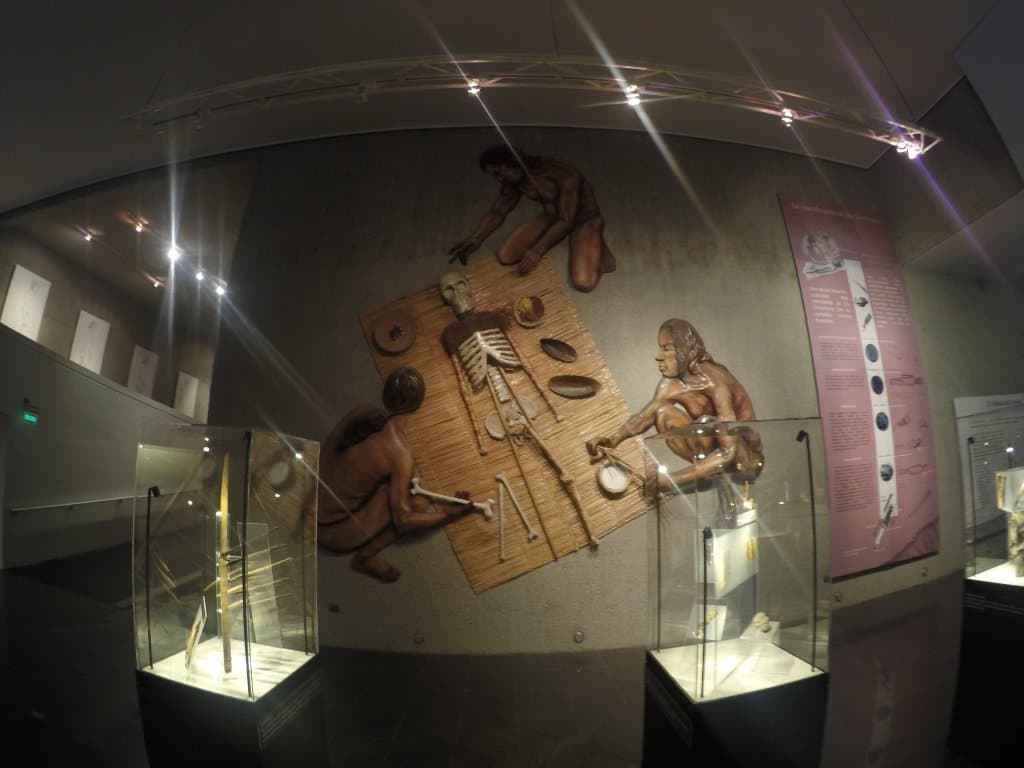
Museo de Sitio Colón 10
Discover ancient Chinchorro mummies at this rare 'in situ' museum, preserving a burial site exactly as found. A unique archaeological treasure.
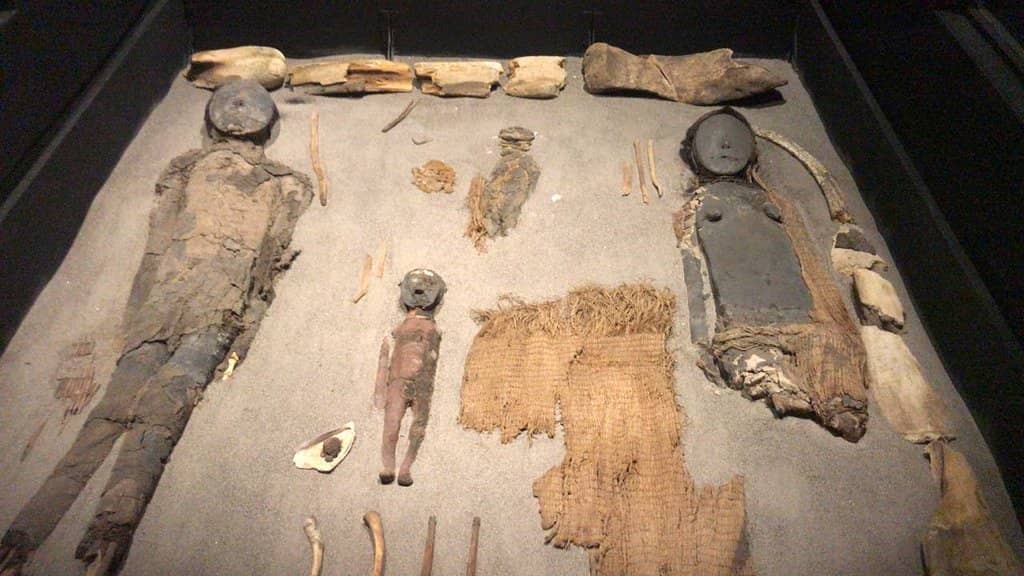
Highlights
Must-see attractions
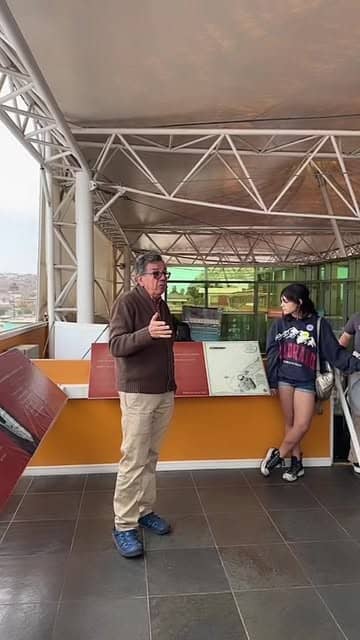
Social
From TikTok & Reddit
Best Time
Fewer tour groups

Museo de Sitio Colón 10
Best Time
Fewer tour groups

Highlights
Must-see attractions
Discover ancient Chinchorro mummies at this rare 'in situ' museum, preserving a burial site exactly as found. A unique archaeological treasure.
"A rare 'in situ' museum with world-class preservation and presentation. Truly impressive!"
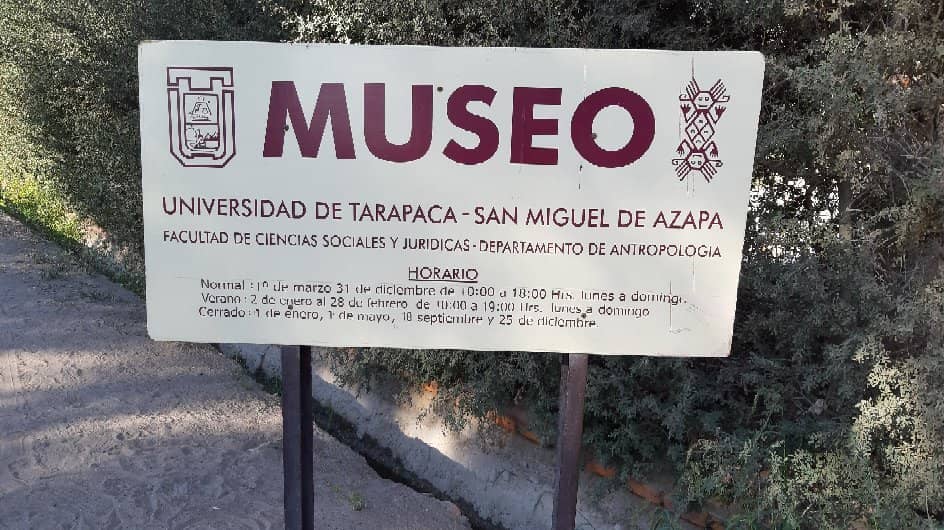
🎧 Audio Tour Recommended
Enhance your visit with the excellent audio tour, providing detailed context for the findings.
📱 QR Code for Languages
Scan the QR code for an audio guide in multiple languages, about 20 minutes long.
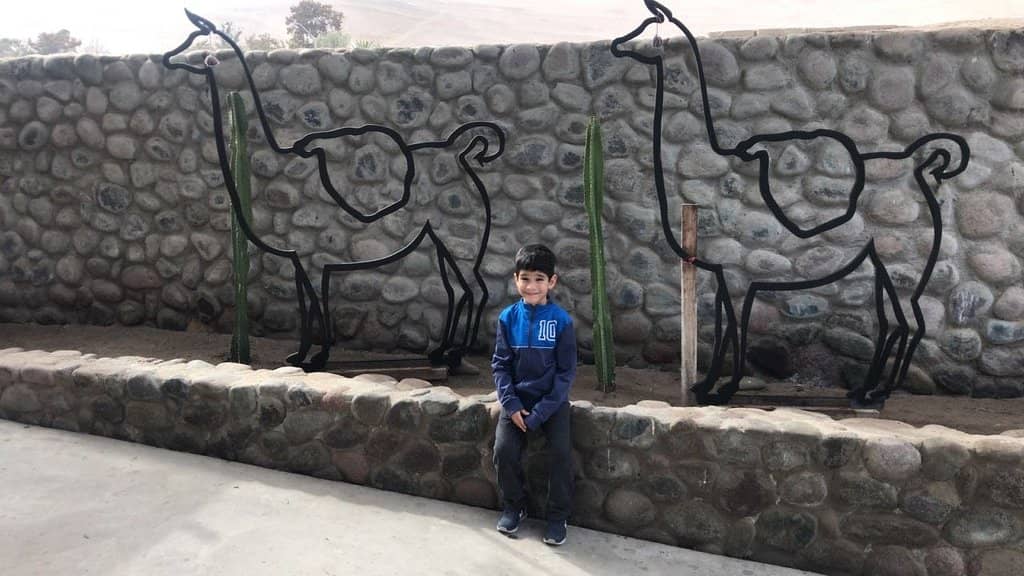
Highlights
Discover the most iconic attractions and experiences
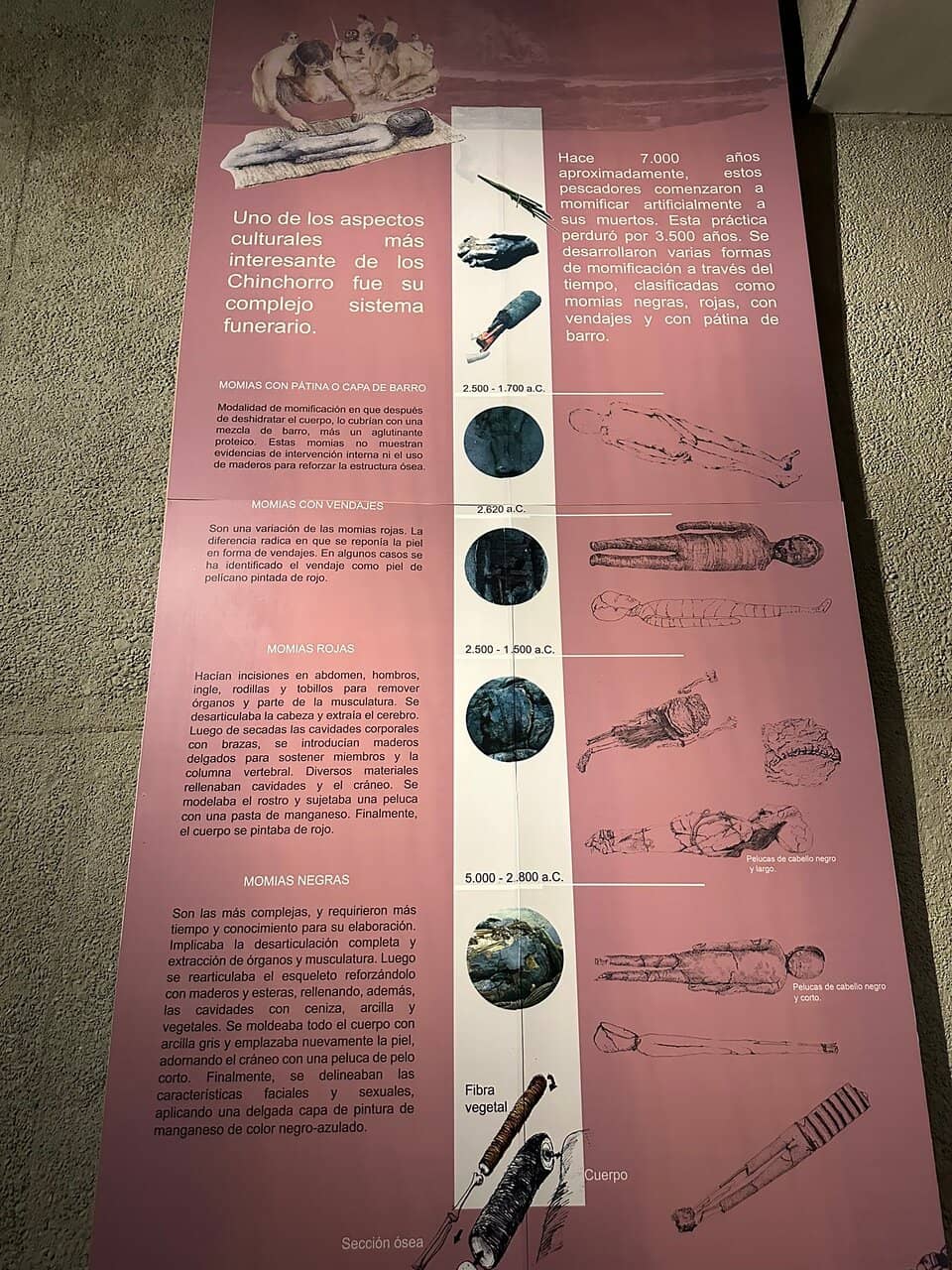
Chinchorro Mummies
Excavation Site
Marvel at ancient Chinchorro mummies, some buried for 4000 years and unearthed in 2008. A truly unique glimpse into pre-Columbian life.
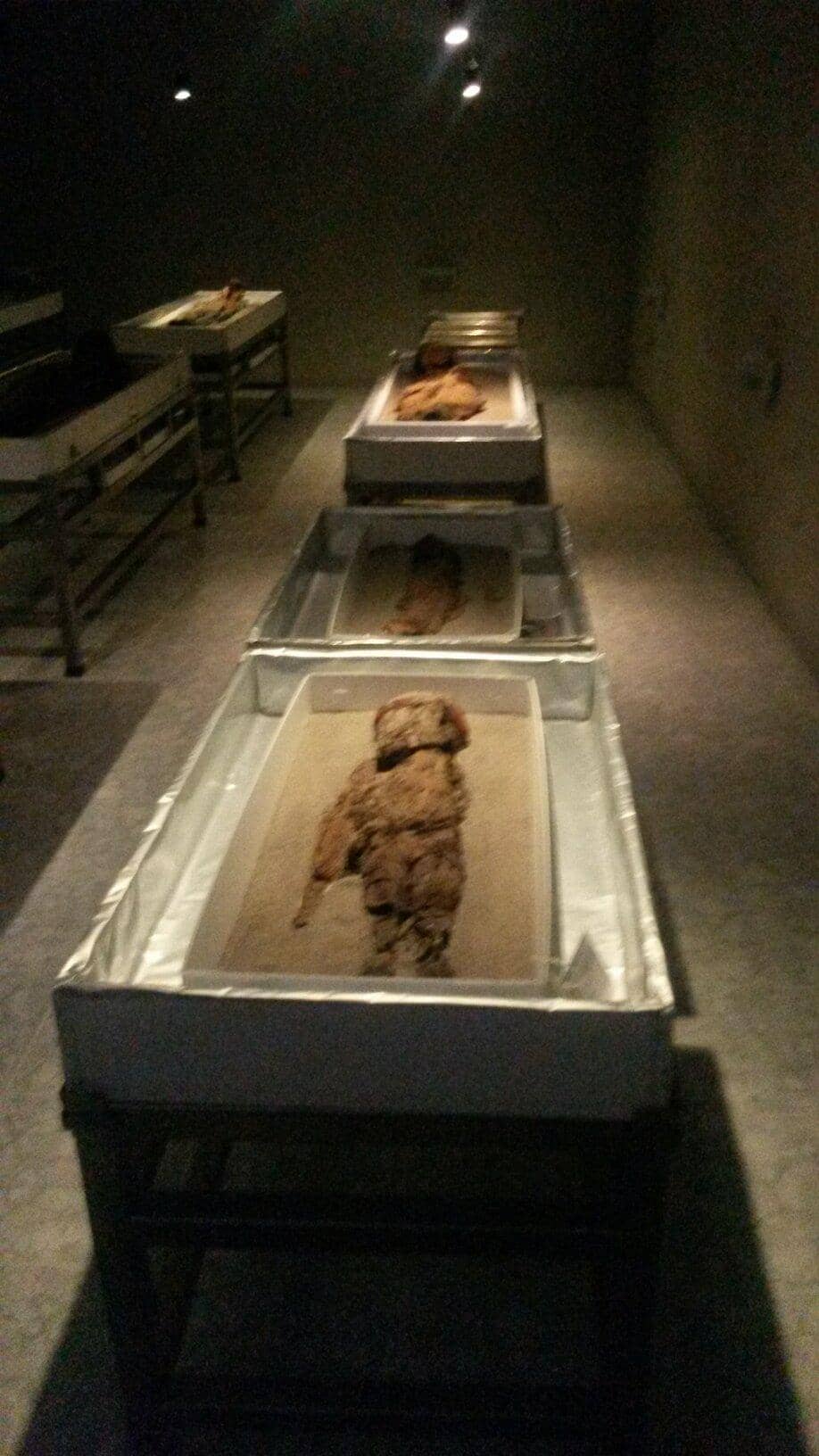
Archaeologist's Field Notes Wall
Main Exhibition Area
See the fascinating wall displaying original field notes, offering a direct look into the discovery process.
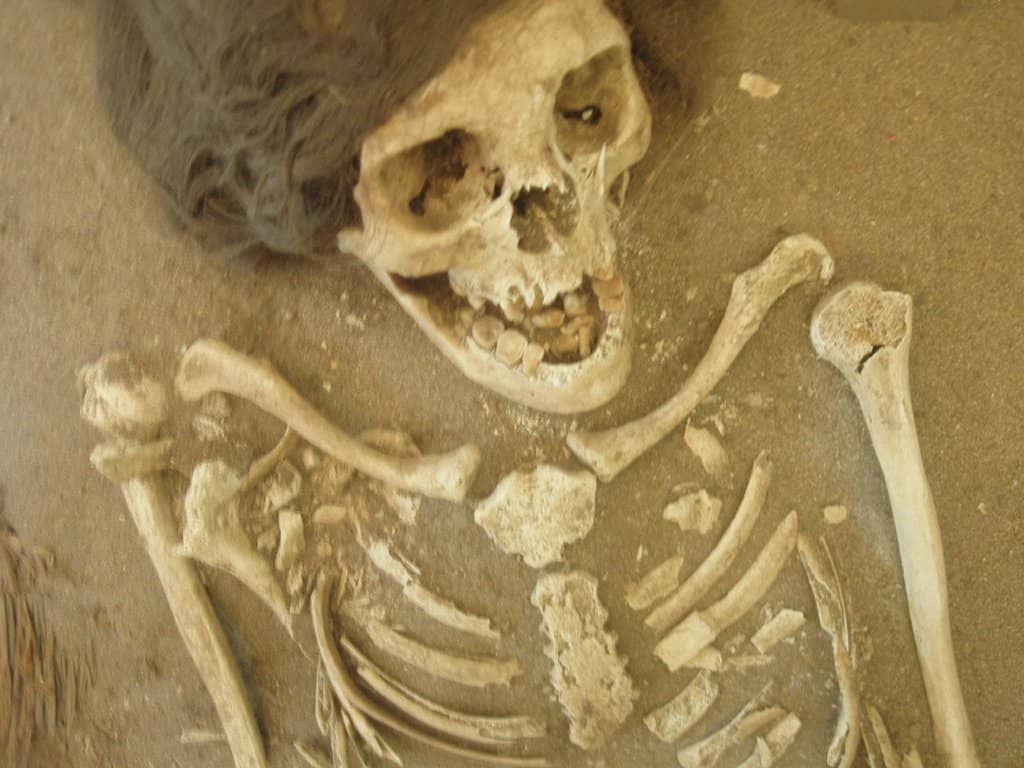
Glass Floor Observation
Overlooking Excavation
View the archaeological site directly below through a glass floor, just as scientists first saw it.
Plans like a pro.
Thinks like you
Planning Your Visit
Book Ahead for Limited Access
Embrace the 'In Situ' Experience
Best Times
Insider Tips
from TikTok, Instagram & Reddit
🎧 Audio Tour Recommended
Enhance your visit with the excellent audio tour, providing detailed context for the findings.
📱 QR Code for Languages
Scan the QR code for an audio guide in multiple languages, about 20 minutes long.
🚶♀️ Walk to El Morro
After your visit, head up to El Morro for stunning views of Arica and the coast.
💰 Affordable Entry Fee
The entrance fee is very reasonable, making it a great value for the experience.
Tips
from all over the internet
🎧 Audio Tour Recommended
Enhance your visit with the excellent audio tour, providing detailed context for the findings.
📱 QR Code for Languages
Scan the QR code for an audio guide in multiple languages, about 20 minutes long.
🚶♀️ Walk to El Morro
After your visit, head up to El Morro for stunning views of Arica and the coast.
💰 Affordable Entry Fee
The entrance fee is very reasonable, making it a great value for the experience.
🏛️ UNESCO World Heritage Site
Learn about the Chinchorro culture, recognized for its ancient mummification techniques.
What Travellers Say
Reviews Summary
Visitors consistently praise Museo de Sitio Colón 10 for its unique 'in situ' archaeological preservation and the fascinating insights into the ancient Chinchorro culture, particularly their mummification techniques. The thoughtful presentation, helpful staff, and affordable entry fee are frequently highlighted as positives, making it a highly recommended stop for history enthusiasts.
"Other than the remarkable Mummies, the coolest thing about this museum was the giant wall with the archaeologist's field notes on it. This is a rare "in situ" museum -- everything is in its original place. Because everything is in its original place, if you look at the wall with the field notes, and you compare it to what you see through the glass floor, you are seeing the site just as a scientists would look at it."
Rick Gerling
"Small but the Chinchorro mummies are worth the walk and entrance fee. They were buried for 4000 years, but have just been unearthed in 2008. The Chilean govt invested a few hundred thousand dollars to preserve them as they were buried. Say "hello" and pay respect to the Jim Morrison Man. After visiting you can continue walking up to the Morro, a cliff promontory with Rich view of Arica and the port and ocean. It is a place considered sacred by humans ancient and modern."
Scott McKinney
"Very impressive! As a professional archaeologist and avid visitor to archaeological museums throughout the world, I highly commend the archaeological team here: the excavation, the thoughtful non-excavation, preservation and heritage conservation, and detailed presentation evident at the museum is world class. The audio tour is an excellent addition to the detailed information panels. Well done to all."
David
What People Like
What People Dislike
Frequently Asked Questions
🚇 🗺️ Getting There
The museum is located in the historic center of Arica, within an old mansion. It's easily accessible by foot if you're staying in the city center. Taxis are also readily available.
Yes, it's a short walk from the city center and a good starting point before heading up to El Morro for panoramic views.
From Chacalluta International Airport (ARI), you can take a taxi or a pre-booked transfer directly to the museum. The journey typically takes around 20-30 minutes.
🎫 🎫 Tickets & Entry
As of April 2024, the entrance fee was 2,000 CLP per person. It's considered a very affordable price for the experience.
It's highly recommended to book tickets in advance, as visitor numbers are limited daily due to the delicate archaeological findings.
Opening hours can vary, so it's best to check their official website or social media pages closer to your visit. However, they generally accommodate visitors around midday.
Information on specific discounts for students, seniors, or children isn't widely published, but the general admission fee is quite low. Inquire at the ticket counter for any available concessions.
Yes, groups can visit, but due to limited capacity, it's advisable to arrange group visits in advance with the museum administration. Educational groups often visit.
🎫 🧭 Onsite Experience
The museum's primary draw is the 'in situ' preservation of a Chinchorro culture burial site, featuring ancient mummies and the original excavation context.
Yes, the museum offers an excellent audio tour and provides QR codes for audio guides in multiple languages, offering about 20 minutes of content.
A visit usually takes around 1 to 1.5 hours, allowing ample time to explore the exhibits and listen to the audio guide.
The museum offers a unique educational experience about ancient cultures and mummification, which can be fascinating for older children. Parental guidance is recommended.
Being an 'in situ' museum means the artifacts and burial site are preserved in their original location, offering an unparalleled authentic archaeological experience.
📸 📸 Photography
Photography policies can vary, but generally, photos for personal use are allowed, though flash photography might be restricted to protect the artifacts. It's best to check signage upon arrival.
Areas with particularly sensitive artifacts or displays might have restrictions. Always be mindful of any posted signs or staff instructions regarding photography.
The wall with the archaeologist's field notes and the view through the glass floor offer unique photographic opportunities. The exterior of the historic mansion is also picturesque.
For Different Travelers
Tailored advice for your travel style
👨👩👧 Families with Kids
🏛️ History Buffs & Archaeology Enthusiasts
🚶♀️ Day-Trippers from Arica
Deep Dives
In-depth insights and expert knowledge
The Chinchorro Culture: Masters of Mummification
The Chinchorro people, who inhabited the coastal regions of present-day northern Chile and southern Peru, developed complex social structures and a deep spiritual connection to the afterlife, as evidenced by their elaborate mummification rituals. The museum highlights the meticulous process, from de-fleshing and reassembling bodies to decorating them with clay and pigments.
Understanding the Chinchorro culture at Colón 10 provides crucial insights into early human ingenuity and beliefs surrounding death and the afterlife. It's a testament to the advanced knowledge and artistic expression of these ancient coastal dwellers.
An 'In Situ' Archaeological Marvel
This preservation method is crucial for understanding the context of the discoveries. Visitors can observe the burial layers, the arrangement of the bodies, and the surrounding environment, providing a richer, more accurate interpretation of the past. The wall featuring the archaeologists' field notes, juxtaposed with the view through the glass floor, perfectly illustrates this 'in situ' concept.
The careful conservation efforts by the Chilean government and the University of Tarapacá ensure that this unique site remains protected for future generations. This approach is world-class, offering a deeply immersive and educational journey into the past.
The Discovery and Preservation Story
Recognizing the immense historical and cultural value of the find, authorities, including the Department of Anthropology at the University of Tarapacá, intervened to protect and study the site. The Chilean government invested significantly to preserve the delicate remains and create a museum that respects the integrity of the original context.
This dedication to preservation ensures that the site remains a vital resource for research and education, allowing visitors to connect directly with a pivotal moment in human history. The story of its discovery and subsequent protection is as fascinating as the artifacts themselves.
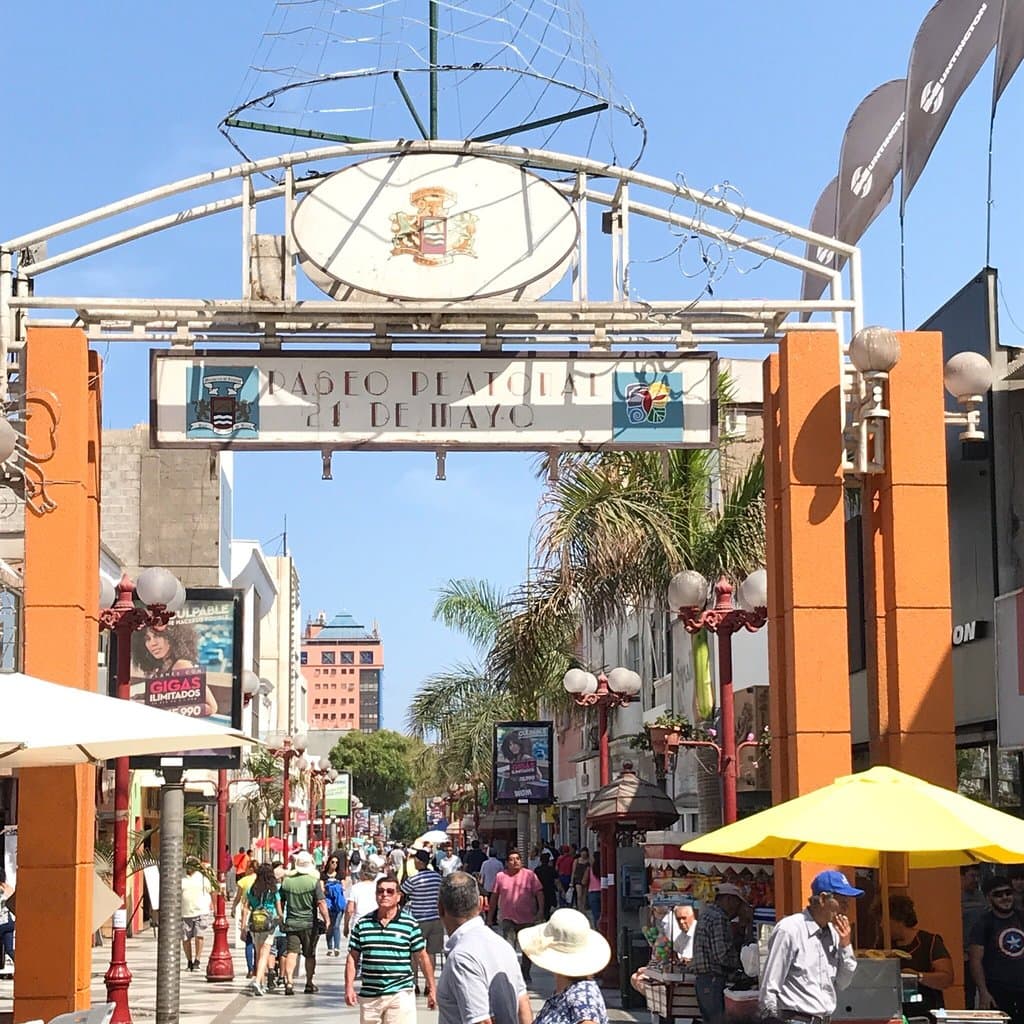
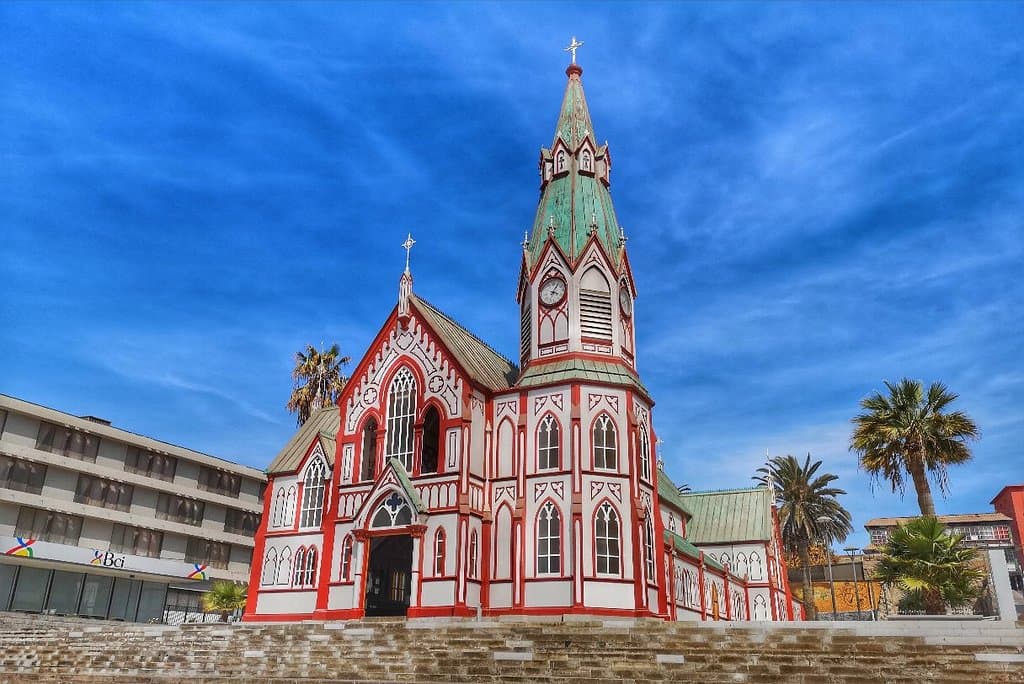
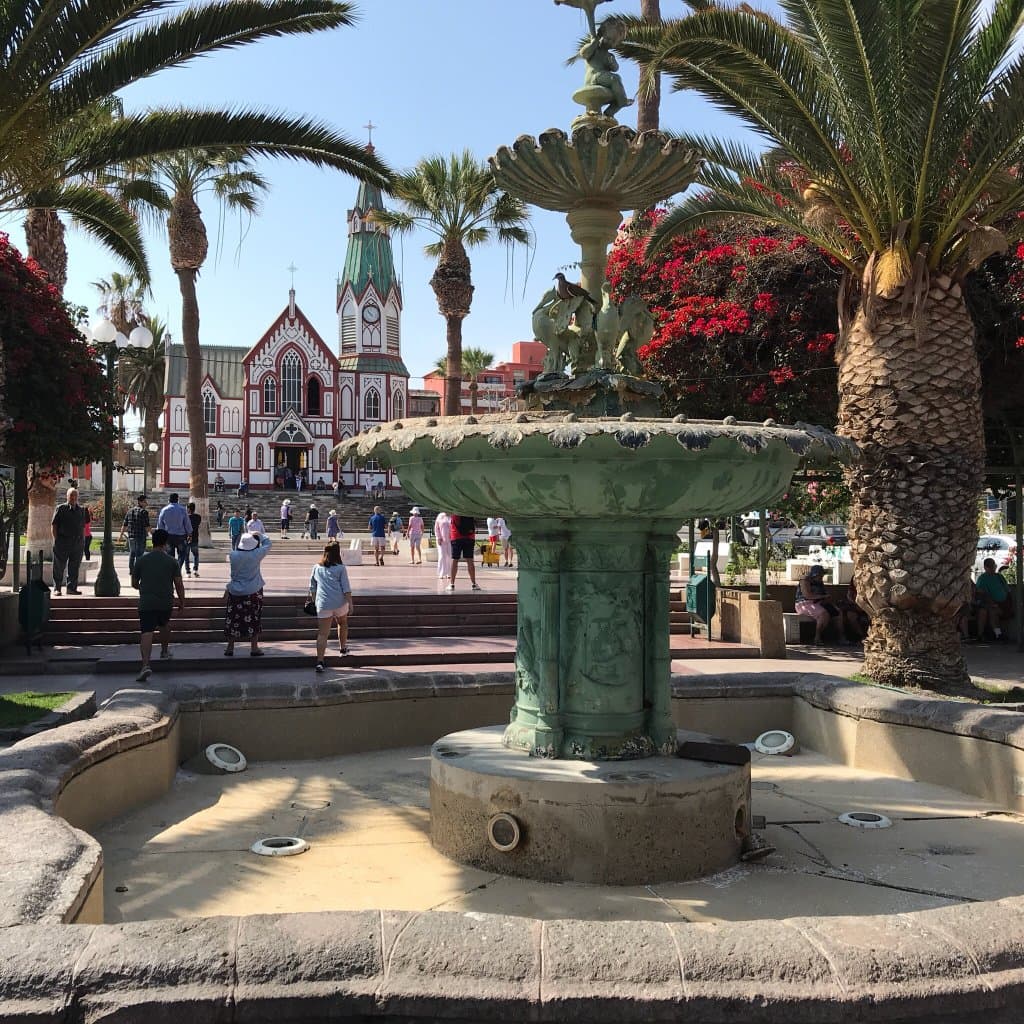
Social
from TikTok, Instagram & Reddit